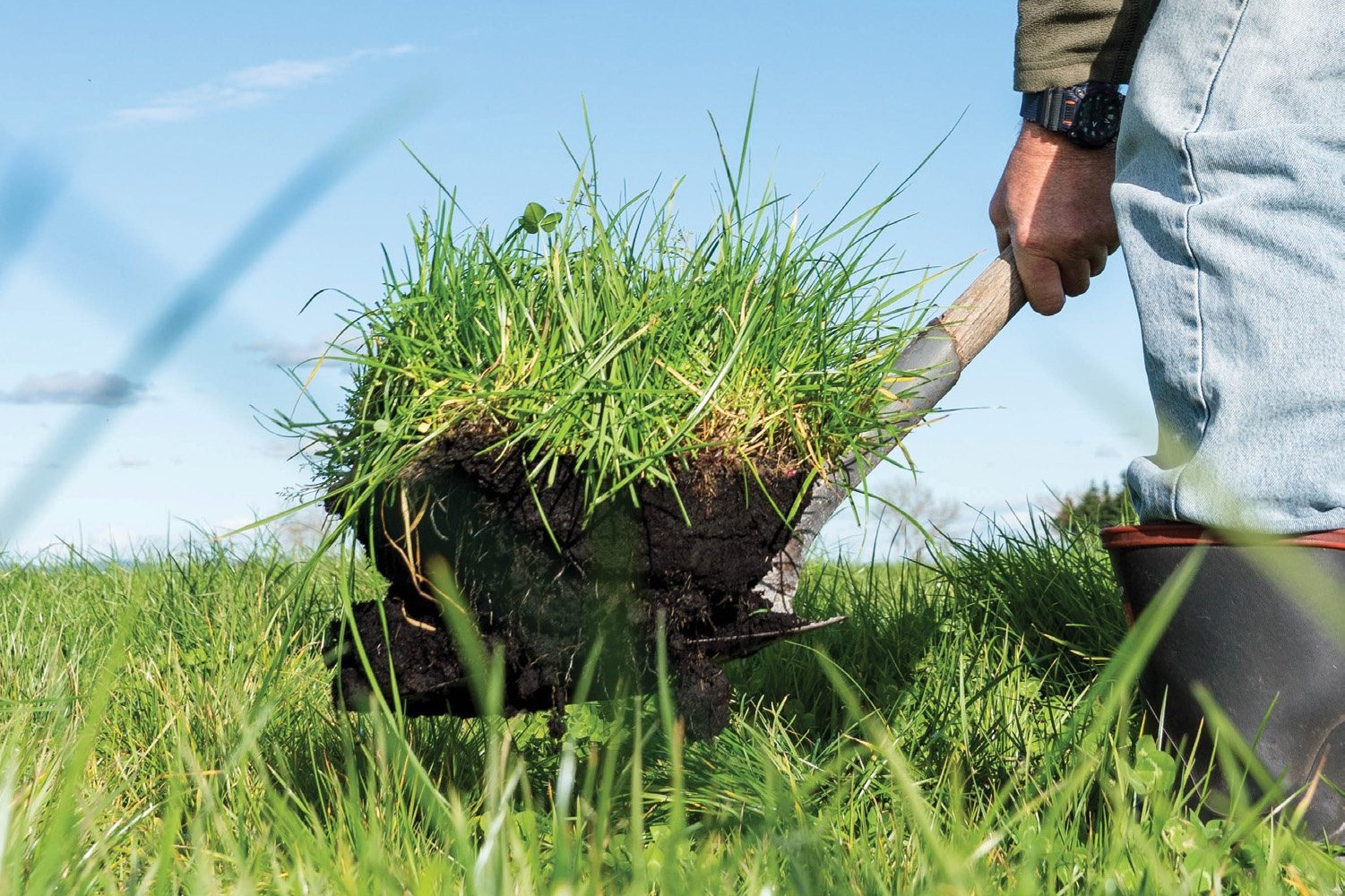Seeking optimum fertility
A poor-performing paddock is the result of low soil fertility, not age of the pasture, Dr Robert McBride writes.

A poor-performing paddock is the result of low soil fertility, not age of the pasture, Dr Robert McBride writes.
Typically, when planning for winter crops, farmers will pick a poorly performing ‘runout’ paddock. The idea being that the paddock is in need of re-grassing and that going through a year or two of crops will provide an opportunity to establish better pasture species following the crops.
This is a very logical approach: work up an underperforming paddock, not a good-performing one.
However, there are several things to consider. The first is that poor paddocks, unless they have been severely pugged or abused in some way, are a result of low fertility, not age. Paddocks do not inevitably deteriorate with time. Excellent ryegrass and clover paddocks can be found that are 50 years, or even older.
Pasture species respond to the environment they are growing in, not time. High fertility and well-managed paddocks will have high-fertility species (ryegrass and clover). Low-fertility paddocks will have poor quality, low productivity grasses and weeds (browntop, sweet vernal, daisies, etc), because these are the types of plants that can grow in low fertility conditions.
Establishing a crop takes a substantial investment in both time and money. Also, the success or failure of winter crops has a sizable impact on the overall success of the farm.
Typically a soil test is taken prior to cropping but be wary, because soil test results are regularly misinterpreted. The correct protocol when collecting soil samples is to avoid gateways, camping areas, hedges, troughs and dung and urine patches. If this is not done, the results can be significantly inflated, giving the false impression that soil fertility is better than it really is.
Even properly taken soil tests have a reasonable amount of error associated with them – typically, 10% to 30% depending on the nutrient. For example, if the test result for Olsen P is 25, the actual level is likely somewhere between 20 and 30. A single soil test result gives an indication of soil fertility and not the exact nutrient levels.
So what good are soil tests then? If multiple paddocks are tested on a given block of the farm and averaged, this gives a more reliable indication of the average fertility level of the block.
Better still is to consider the block averages over several years. So, if the single soil test for the poor paddock going into crop does not look very similar to the block average, particularly if it looks better than the average, it is likely wrong and should not be used to calculate fertiliser requirements. Use the average instead. Keeping in mind that the 150mm samples typically used pre-tillage generally indicate lower nutrient levels than the 75mm samples used for pasture.
It is important to understand that soil fertility required for clover-based pasture is much higher than that required for grasses. When any nutrient drops below the clover requirements, the clover growth declines and the subsequent loss of nitrogen (N) inputs from the clover leads to a decline in the quality and quantity of grasses. The pasture becomes ‘runout’.
Similarly, winter crops have lower fertility requirements than clover (with the possible exception of boron). For example, brassicas grow quite well with soil potassium levels of 5. This is below optimal for clover. Therefore, it is common to work up a paddock, grow an excellent crop, then re-grass and a year or two later have a pasture that is no better than it was before cropping.
Having gained an idea of the nutrient status of the paddock to be cropped, what should you do? Normally, just add enough fertiliser to obtain optimal conditions for the crop. Although this should work, consider that after cropping, the paddock is going back into pasture.
An approach that should be considered is to ignore the crop’s fertility requirements and simply bring the soil nutrient levels up to the requirements of clover along with some boron. The crop might be somewhat over-fertilised, but when transitioning back to pasture, the soil nutrient levels will already be optimal. This approach is simpler, and it is much easier to always aim for the same nutrient levels rather than trying to recalculate and adjust for every crop. Provided optimal pasture levels are achieved, crop management is simplified to N management. Simpler is better.
- Robert McBride is a consultant with agKnowledge based in Gore.




